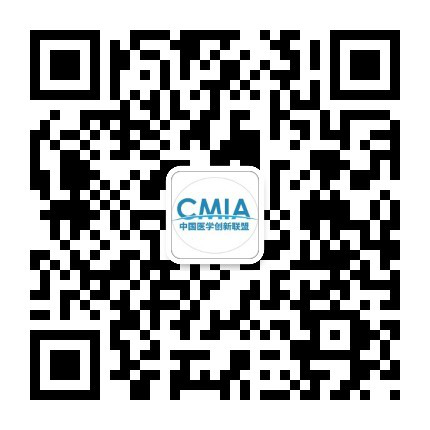【罂粟摘要】硫酸镁对全麻患儿苏醒期躁动的影响:一项系统回顾和Meta分析
THE SPRING EQUINOX 硫酸镁对全麻患儿苏醒期躁动的影响:一项系统回顾和Meta分析
贵州医科大学 麻醉与心脏电生理课题组
翻译:潘志军 编辑:马艳燕 审校:曹莹
研究目的:苏醒期躁动(EA)是患儿全麻后常见的并发症。硫酸镁在降低儿童EA发病率有效性方面仍然存在争议。因此,我们进行了一项系统回顾和Meta分析,以评估硫酸镁在预防患儿全麻后EA的疗效。
试验设计:系统回顾和Meta分析。
范围设置:本研究通过检索PubMed、EMABASE、Web of Science, Cochrane Library,从每个数据库创建至2021年6月30日,来确定合格的随机对照试验。
受试人群:接受全身麻醉的患儿(<18岁)。
干预因素:静脉注射硫酸镁。
测定方法:Meta分析的主要结果是EA发生率。使用修订的随机对照试验Cochrane偏差风险工具(RoB 2.0)评估纳入研究的偏差风险。建议分级、评估、发展和评价用于评估确定性水平。
主要结果:共纳入8项研究,有635名参与者。森林图显示,硫酸镁治疗组和对照组之间的EA发病率没有显著差异(风险比=0.69,95%可信区间[0.44,1.07];P=0.10,I2=74%,中度确定)。此外,硫酸镁并未降低术后患儿麻醉苏醒期谵妄的评分,但延长了苏醒时间。术后并发症(恶心、呕吐、喉痉挛、屏气、咳嗽、氧饱和度降低和心律失常)无显著差异。
结论:在全身麻醉期间使用硫酸镁对患儿EA没有影响。然而,硫酸镁可以延长苏醒时间,而不会产生不良影响。
原始文献来源:Qi-hong Shen, Xu-Shen , Lan Lai,et al.The effect of magnesium sulfate on emergence agitation in children undergoing general anesthesia: A systematic review and meta-analysis [J]. (J Clin Anesth 2022 06;78 ).
The effect of magnesium sulfate on emergence agitation in children undergoing general anesthesia: A systematic review and meta-analysis
Abstract
Study objective: Emergence agitation (EA) is a common complication in pediatric patients after general anesthesia. The effectiveness of magnesium sulfate in decreasing the incidence of EA in children remains controversial. Therefore, a systematic review and meta-analysis was performed to assess the efficacy of magnesium sulfate in preventing EA in pediatric patients following general anesthesia.
Design: Systematic review and meta-analysis.
Setting: PubMed, Embase, Web of Science, and Cochrane Library were searched to identify eligible randomized controlled trials from their respective database inception dates to June 30, 2021.
Patients: Pediatric patients (< 18 years old) undergoing general anesthesia.
Interventions: Intravenous administration of magnesium sulfate.
Measurements: The primary outcome of the meta-analysis was EA incidence. The risk of bias of the included studies was evaluated using the revised Cochrane risk of bias tool for randomized trials (RoB 2.0). Grading of Recommendations, Assessment, Development, and Evaluation was applied to assess the level of certainty.
Main results: Eight studies with 635 participants were identified. The forest plot revealed no significant difference in the incidence of EA between patients treated with magnesium sulfate and the control group (risk ratio = 0.69, 95% confidence interval [0.44, 1.07]; P = 0.10, I2 = 74%, moderate level of certainty). Additionally, magnesium sulfate did not reduce postoperative pediatric anesthesia emergence delirium scores but prolonged the emergence time. No significant differences were observed in postoperative complications (nausea, vomiting, laryngospasm, breath-holding, coughing, oxygen desaturation, and cardiac arrhythmias).
Conclusions: Administration of magnesium sulfate during general anesthesia did not affect the occurrence of EA in pediatric patients. However, magnesium sulfate can prolong the emergence time without adverse effects.
不感兴趣
看过了
取消
不感兴趣
看过了
取消
精彩评论
相关阅读





 打赏
打赏


















 010-82736610
010-82736610
 股票代码: 872612
股票代码: 872612




 京公网安备 11010802020745号
京公网安备 11010802020745号


